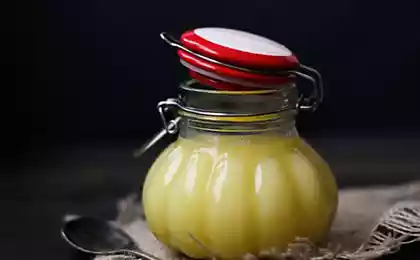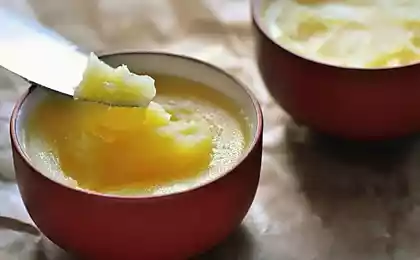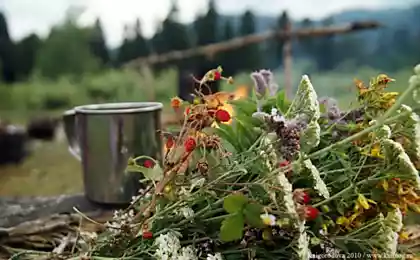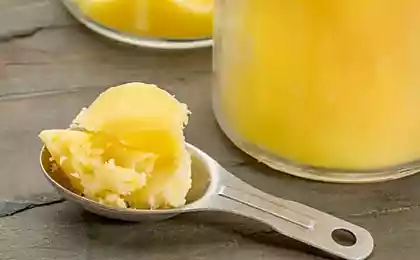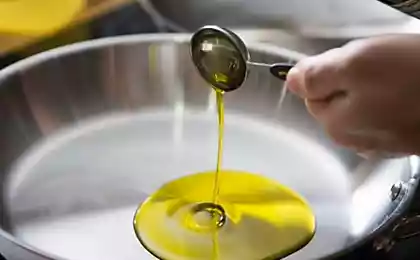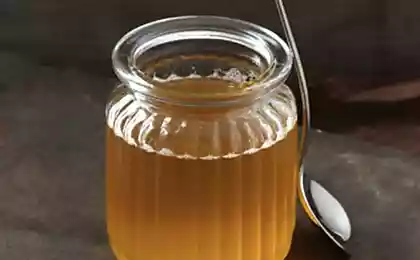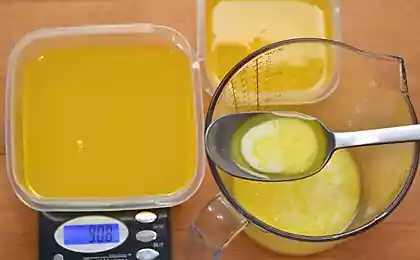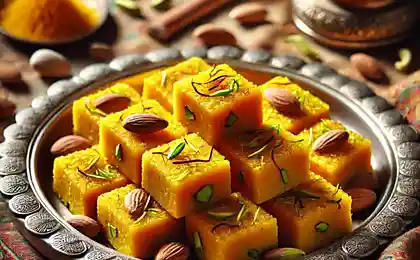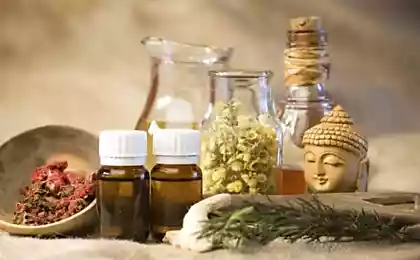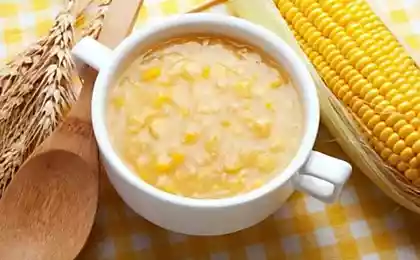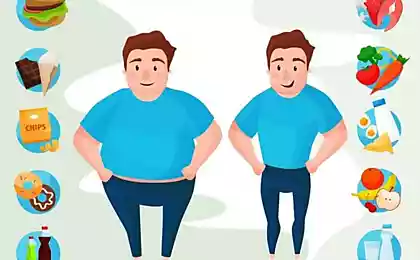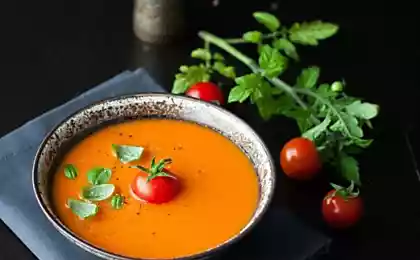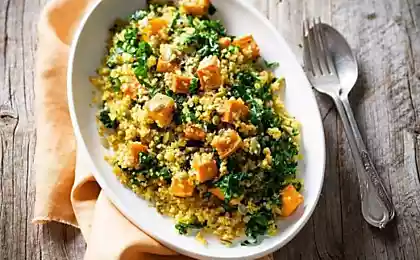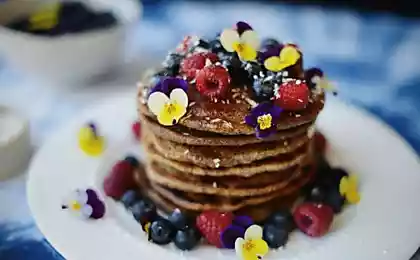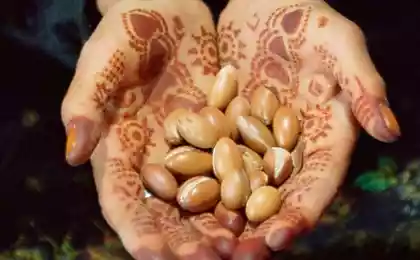506
What I appreciate ghee
Ghee is a traditional product of Russian and Indian cuisine. After appropriate heat treatment properties of butter are changed. It not only can be stored for much longer, the main thing — after melting the butter loses milk fat and becoming much healthier. Indians call clarified butter ghee. Use it not only in cooking but also in cosmetics and medicine, attributing this product literally miraculous properties.
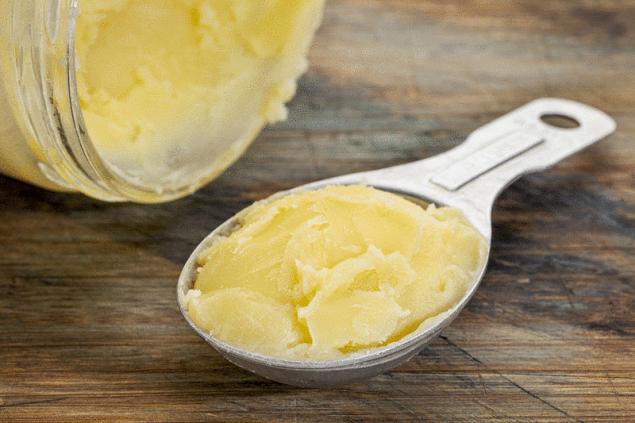
For some, butter is a fat responsible for a whole list of sins. Guilty oil or not, but the fact that it is not entirely composed of fat. It is more correct to say that the oil consists of three components: fat, water and proteins in a solid form.
When rendering oil we separate from the fat, and the rest throw away. Using pure fat we can put out at higher temperatures without overcooking; if you use solid oil water prevents the increase in temperature and the solids (proteins) start to burn and smoke already at 120 °C. One way to reduce this effect is to add a small amount of any cooking oil. Another option is to use clarified butter. This is pure butter without the proteins, and until it reaches a temperature of 175 °C, you have nothing to fear what will happen "fire". Ghee is stored much longer than whole butter because bacteria can live in proteins, but not in pure oil.
In India, where it is not always possible to keep food chilled, use clarified (melted) butter (ghee), which is prepared as follows: melt butter over low heat and heat until until it boils away the water; as a result proteins and sugar, a little toasted and the oil has a pleasant nutty flavor. Ultimately ghee also progorkaet ever, it will affect its taste will become sour, but the bacteria in it and would not move. By the way, in Tibet prefer ghee made from the milk of yaks, and it is in rancid form. As they say, tastes differ.
For clarification of butter, though salted, though unsalted, it must slowly melt it over low heat because it burns easily. Oil, water and solids will separate into three layers: foam with casein on top, the clear yellow butter in the middle and a watery suspension of milk solids at the bottom. If you used salted butter, the salt will be distributed between the upper and lower layers.
Remove the top foam and pour the clarified butter into another container, leaving the water and sediment in the pan in which you melted the butter. You can also use the separator for separating the aqueous layer. Another way is to freeze the whole mass, and then you can scrape away the top layer of foam from the hardened fat which, in turn, should be separated from the watery layer.
Do not dispose of the casein foam, because that's the flavor of butter. It can be used to flavor steamed vegetables.
How to cook ghee Lighten the butter (kilogram) and pour the clarified butter in plastic molds — each with a capacity of about two tablespoons. After freezing take out "oil tins" and put them in the freezer in a plastic bag. Then take as long as necessary.
One Cup (two packs of 100 grams) solid oil will come to about 0.75 cups of clarified butter. You can use clarified butter in the same amount as whole butter. Incidentally, the aqueous layer contains all the milk sugar, or lactose.
People who cannot have butter because of lactose intolerance, you still can cook with clarified butter.
CRISPY ANNA POTATOES
Using clarified butter for this classic dish, we will get a Golden-brown crisp. Despite the high temperature in the oven, the fat will not burn or smoke — because it is no longer solid milk particles. To prepare this dish better suited to a cast iron frying pan.
The recipe is for 4 servings
4 medium size potatoes 2-4 tablespoons melted butter coarse salt black pepper freshly ground
Cooking
1. Preheat oven to 230 °C. Select a cast iron skillet with a diameter of 21 cm with a suitable cover to it and generously grease melted butter. 2. Wash the potatoes, dry and cut into slices 3-4 mm thick; to peel or not to peel the potatoes — it is your personal choice.
3. Lay the potato slices on the bottom of the pan in a spiral (circle) in a single layer, starting from the middle of the pan; the slices should overlap each other. Drizzle with oil and sprinkle with salt and pepper. Put layers, lubricating them with oil, while not using all the sliced potatoes. Pour the remnants of butter on top.
4. Put on the stove and on medium heat lightly fry the potatoes.
5. Cover skillet and place in the oven.
6. Bake for 30-35 minutes, until Golden brown. Potatoes will become soft inside (check with a fork or toothpick). If you lift a knife or fork lower potato slices, they should be Golden brown. If no crust, soak the potatoes in the oven for some time.
7. Shake the pan to behind the potato slices for her. If necessary, use a wide metal spatula. Turn pan upside down and shake the potatoes on a large plate with the crust upwards. So it should be served to the table.
From the book by Robert wolke, Marlene Parrish "what Einstein told his cook". Moscow: Mann, Ivanov and Ferber, 2014.
источник:vokrugsveta.ru
Source: /users/1077

For some, butter is a fat responsible for a whole list of sins. Guilty oil or not, but the fact that it is not entirely composed of fat. It is more correct to say that the oil consists of three components: fat, water and proteins in a solid form.
When rendering oil we separate from the fat, and the rest throw away. Using pure fat we can put out at higher temperatures without overcooking; if you use solid oil water prevents the increase in temperature and the solids (proteins) start to burn and smoke already at 120 °C. One way to reduce this effect is to add a small amount of any cooking oil. Another option is to use clarified butter. This is pure butter without the proteins, and until it reaches a temperature of 175 °C, you have nothing to fear what will happen "fire". Ghee is stored much longer than whole butter because bacteria can live in proteins, but not in pure oil.
In India, where it is not always possible to keep food chilled, use clarified (melted) butter (ghee), which is prepared as follows: melt butter over low heat and heat until until it boils away the water; as a result proteins and sugar, a little toasted and the oil has a pleasant nutty flavor. Ultimately ghee also progorkaet ever, it will affect its taste will become sour, but the bacteria in it and would not move. By the way, in Tibet prefer ghee made from the milk of yaks, and it is in rancid form. As they say, tastes differ.
For clarification of butter, though salted, though unsalted, it must slowly melt it over low heat because it burns easily. Oil, water and solids will separate into three layers: foam with casein on top, the clear yellow butter in the middle and a watery suspension of milk solids at the bottom. If you used salted butter, the salt will be distributed between the upper and lower layers.
Remove the top foam and pour the clarified butter into another container, leaving the water and sediment in the pan in which you melted the butter. You can also use the separator for separating the aqueous layer. Another way is to freeze the whole mass, and then you can scrape away the top layer of foam from the hardened fat which, in turn, should be separated from the watery layer.
Do not dispose of the casein foam, because that's the flavor of butter. It can be used to flavor steamed vegetables.
How to cook ghee Lighten the butter (kilogram) and pour the clarified butter in plastic molds — each with a capacity of about two tablespoons. After freezing take out "oil tins" and put them in the freezer in a plastic bag. Then take as long as necessary.
One Cup (two packs of 100 grams) solid oil will come to about 0.75 cups of clarified butter. You can use clarified butter in the same amount as whole butter. Incidentally, the aqueous layer contains all the milk sugar, or lactose.
People who cannot have butter because of lactose intolerance, you still can cook with clarified butter.
CRISPY ANNA POTATOES
Using clarified butter for this classic dish, we will get a Golden-brown crisp. Despite the high temperature in the oven, the fat will not burn or smoke — because it is no longer solid milk particles. To prepare this dish better suited to a cast iron frying pan.
The recipe is for 4 servings
4 medium size potatoes 2-4 tablespoons melted butter coarse salt black pepper freshly ground
Cooking
1. Preheat oven to 230 °C. Select a cast iron skillet with a diameter of 21 cm with a suitable cover to it and generously grease melted butter. 2. Wash the potatoes, dry and cut into slices 3-4 mm thick; to peel or not to peel the potatoes — it is your personal choice.
3. Lay the potato slices on the bottom of the pan in a spiral (circle) in a single layer, starting from the middle of the pan; the slices should overlap each other. Drizzle with oil and sprinkle with salt and pepper. Put layers, lubricating them with oil, while not using all the sliced potatoes. Pour the remnants of butter on top.
4. Put on the stove and on medium heat lightly fry the potatoes.
5. Cover skillet and place in the oven.
6. Bake for 30-35 minutes, until Golden brown. Potatoes will become soft inside (check with a fork or toothpick). If you lift a knife or fork lower potato slices, they should be Golden brown. If no crust, soak the potatoes in the oven for some time.
7. Shake the pan to behind the potato slices for her. If necessary, use a wide metal spatula. Turn pan upside down and shake the potatoes on a large plate with the crust upwards. So it should be served to the table.
From the book by Robert wolke, Marlene Parrish "what Einstein told his cook". Moscow: Mann, Ivanov and Ferber, 2014.
источник:vokrugsveta.ru
Source: /users/1077
